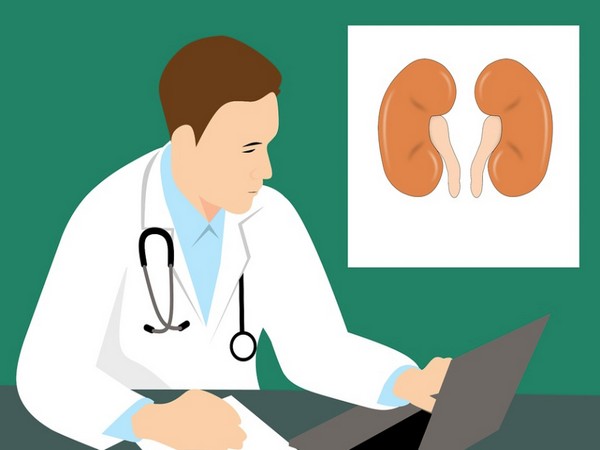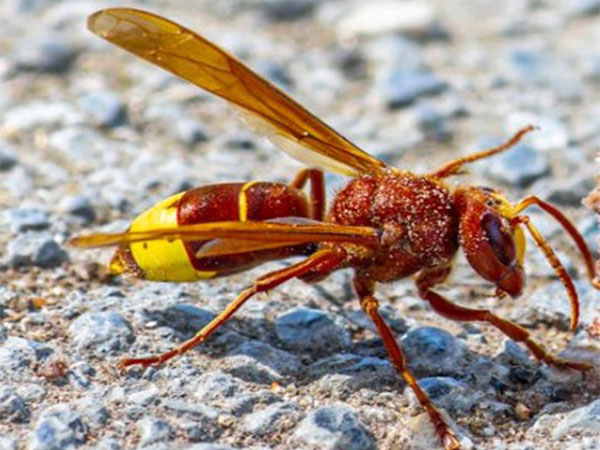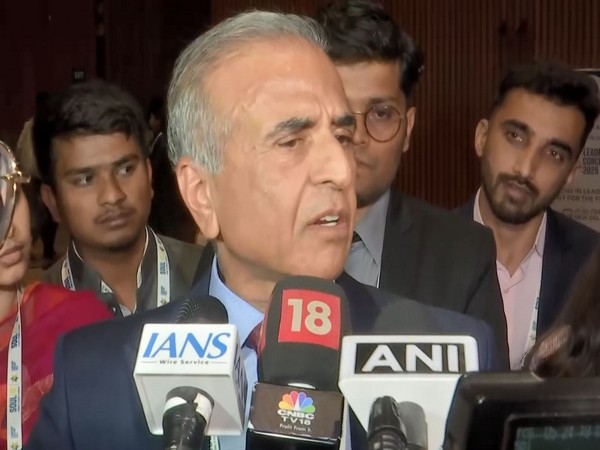
Utrecht [Netherlands], March 5 (ANI): It is often seen that a perfectly healthy young person, who is not just fit but also active, gets diagnosed with diabetes. The reason? Their genes! But what about complications like a kidney tumour? A recent study has made a shocking discovery that one-third of children with a kidney tumour have a hereditary predisposition for the disease.
In the study, published in the ‘Journal of Clinical Oncology’, researchers at the Princess Maxima Center for pediatric oncology in Utrecht, the Netherlands, mapped out hereditary information from all children diagnosed with a Wilms’ tumour between 2015-2020. It was the first time that information on hereditary predisposition was collected together with clinical data in all children with a Wilms’ tumour in a national cohort.
The researchers collected information about the hereditary predisposition of 126 children with a Wilms’ tumour who had been treated in the Netherlands between 2015-2020. Janna Hol, a PhD candidate in the Van den Heuvel-Eibrink and Kuiper groups at the Princess Maxima Center, who worked on the study, said, “We found hereditary factors in 42 of 126 children, so one-third of the patients. That was much more than we expected.”
“For many children with a hereditary predisposition, we can reassure the family,” continued Hol. “We see, for example, that the predisposition in the child arose shortly after fertilization. Sometimes the predisposition is only found in kidney tissue, and not in blood. Then we know that siblings do not have an increased risk of developing a Wilms’ tumour. If the hereditary predisposition does come from one or both parents, siblings can get a genetic test. They are then screened extra carefully.”
One of the hereditary factors that the researchers found was the so-called DIS3L2 gene. That gene was already known – children who inherit a faulty copy from both parents have a rare syndrome that can lead to a Wilms’ tumour.
Janna Hol said, “Our study showed that five children had only one faulty copy of this gene, inherited from a healthy parent. We found the second gene fault in the tumour itself, where it had arisen spontaneously.” The researchers believed that this made the DIS3L2 gene less important for early detection of tumours, but scientifically very interesting for understanding how Wilms’ tumours arise.”
Dr Marjolijn Jongmans, a clinical geneticist at UMC Utrecht and co-principal investigator of the Kuipers group, explained, “On the basis of our research, all children with a Wilms’ tumor in the Netherlands are now offered extensive genetic diagnostics. Children are tested for changes in the most important genes that are currently known, including the genes that emerged from our study.” (ANI)






